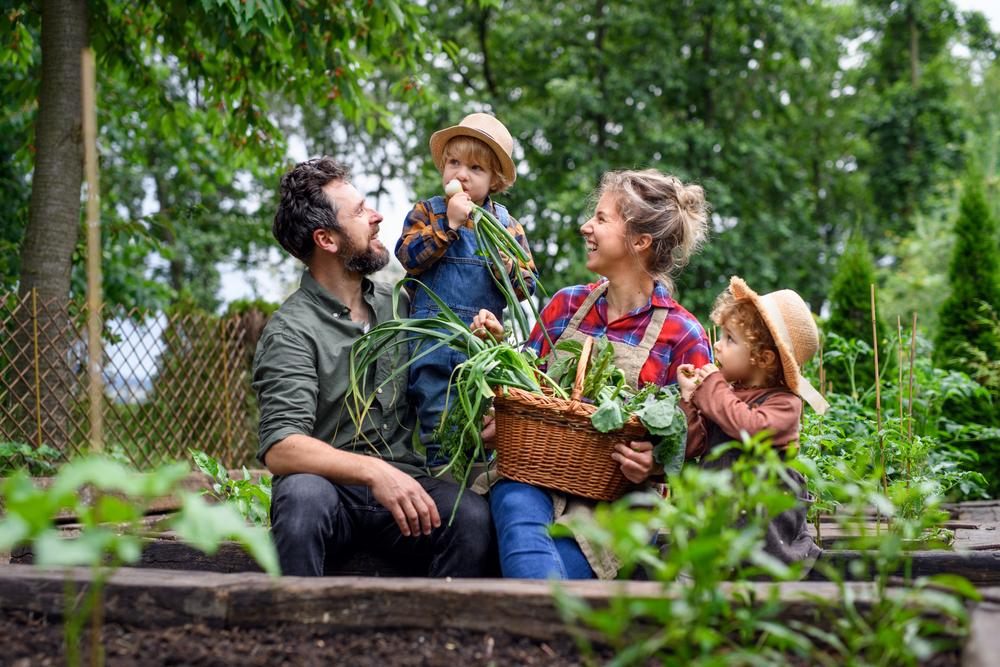The term “succession planting” covers a variety of methods to choose from, all of which allow the garden to produce more crops and for longer. No matter how small or big your garden is, succession planting will allow you to harvest it all season long, which is much easier to deal with than the traditional one big crop that can lead to surplus and waste. It will extend the growing season into late fall, and even perhaps early winter.
It also results in fewer weeds and less weeding, is easier on the soil because it depletes the nutrients less rapidly, and it gives you a backup plan. If for some reason you lose the first or second crop, you have the third coming behind it.





